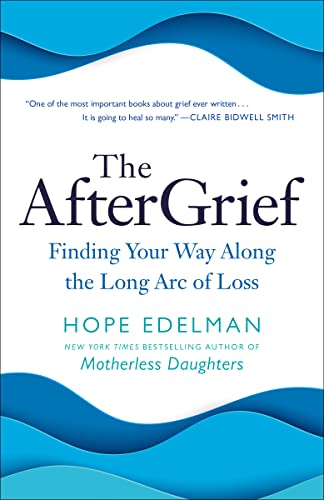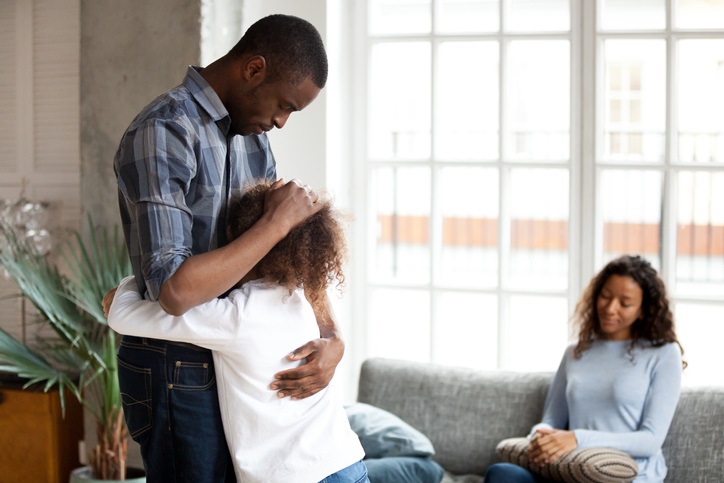Permission for All the Feelings
In recent years, I was with a church youth group a few months following the accidental death of one of their members and friends. As is almost always the case, I was impressed by the courage of the group to talk about painful things and by their insights and sensitivity. It was heavy, and I had to remind myself that it’s important to accept the heaviness and to not try to change what can’t be changed. Grieving people—children, teens, and adults—need a safe place to feel as bad as they feel.
A few weeks after the meeting with the church youth group, a mother of one of the teens shared what her child expressed when asked how the meeting went. “It was awful, but it was good.” Awful and good. Not one or the other, but both. In grief as it is in much of life, the reality is usually not “either-or” but “both-and.”
Grieving people too often get messages that don’t leave room for both-and. When feeling sad or angry or depressed, caring friends and family encourage them to feel otherwise.
“She wouldn’t want you to feel bad.”
“He’s not suffering anymore.”
“They are in a better place.”
All of these well-intentioned but misguided statements contain an unspoken message: Don’t feel as bad as you feel. Understandable, perhaps, but not generally helpful.
A few years ago this restrictive type of comforting pushed me to share this thought-experiment:
One summer when our daughter was in college, she toured several countries in eastern Europe with a professor and several fellow classmates. Supported by her college, the next summer she returned to those eastern European countries by herself to conduct research for a senior project. So let’s imagine that while she was traveling I received a phone call and the caller told me something like this: “Mr. Adams, first thing, your daughter is just fine. She is OK and she is not suffering. However, you will never see her in this life again and you can have no contact with her. No phone calls, no texts, no letters, no video calls, no visits. She will never come home and you cannot come to see her. But don’t feel bad, because she is fine.”
How do you think that I would feel about that? I would be glad, of course, that she’s not suffering (if I could believe the caller), but I would be deeply disturbed and upset. I had hoped for a very different future, one where our relationship would continue, grow, and deepen. One where I could see her, interact with her, hug her neck, and continue watching her bloom into a middle-aged adult and perhaps have a family of her own. How ridiculous to tell me that I shouldn’t feel bad.
And how ridiculous it is to tell a grieving person to feel only glad that one’s suffering is over and that they are in a better place. How, by the way, can it be a “better place” if we are apart, and why was death the only way for suffering to end? What’s the hurry, too, to be in that better place—how about a little while longer here? And more fundamentally, who says that we can only have one feeling at a time? Can’t we feel relieved that suffering has ended and heartsick that the person died and we are apart?
Grieving people, meaning you and me, need to experience permission within ourselves (and also from others) to feel as bad as we feel. And we also need to experience permission within ourselves (and also from others) to eventually feel better without feeling guilty.
When our son was five years old, we moved houses. At first he was reluctant, but after he saw the new house, he felt some excitement about the move (the new house had stairs!). I asked him at one point how he was feeling about moving. He said something like this: “At first I was sad. Then I was happy. Then I was sad again. That’s two sad’s and one happy.”
No either-or for him. He could be both sad and happy. We all can and we all are. Awful and good, sad and happy, relieved and heartbroken. Permission for all of it, and then we go from there.

Greg Adams, LCSW, ACSW, FT
Program Coordinator
Center for Good Mourning
[email protected]
Other Voices
Iryna Shuvalova is a Ukrainian poet who captures much of the pain, loss, and resilience in the midst of war. We need poets to help us find words and meaning in a time of great loss. In one of her works, Shuvalova uses an obscene word, so please be forewarned. Continue reading more from this poet...
Iryna Shuvalova (b. 1986) is a poet, translator and scholar originally from Kyiv. She holds an MA in Comparative Literature from Dartmouth College (2014) and a PhD in Slavonic Studies from the University of Cambridge (2020).







